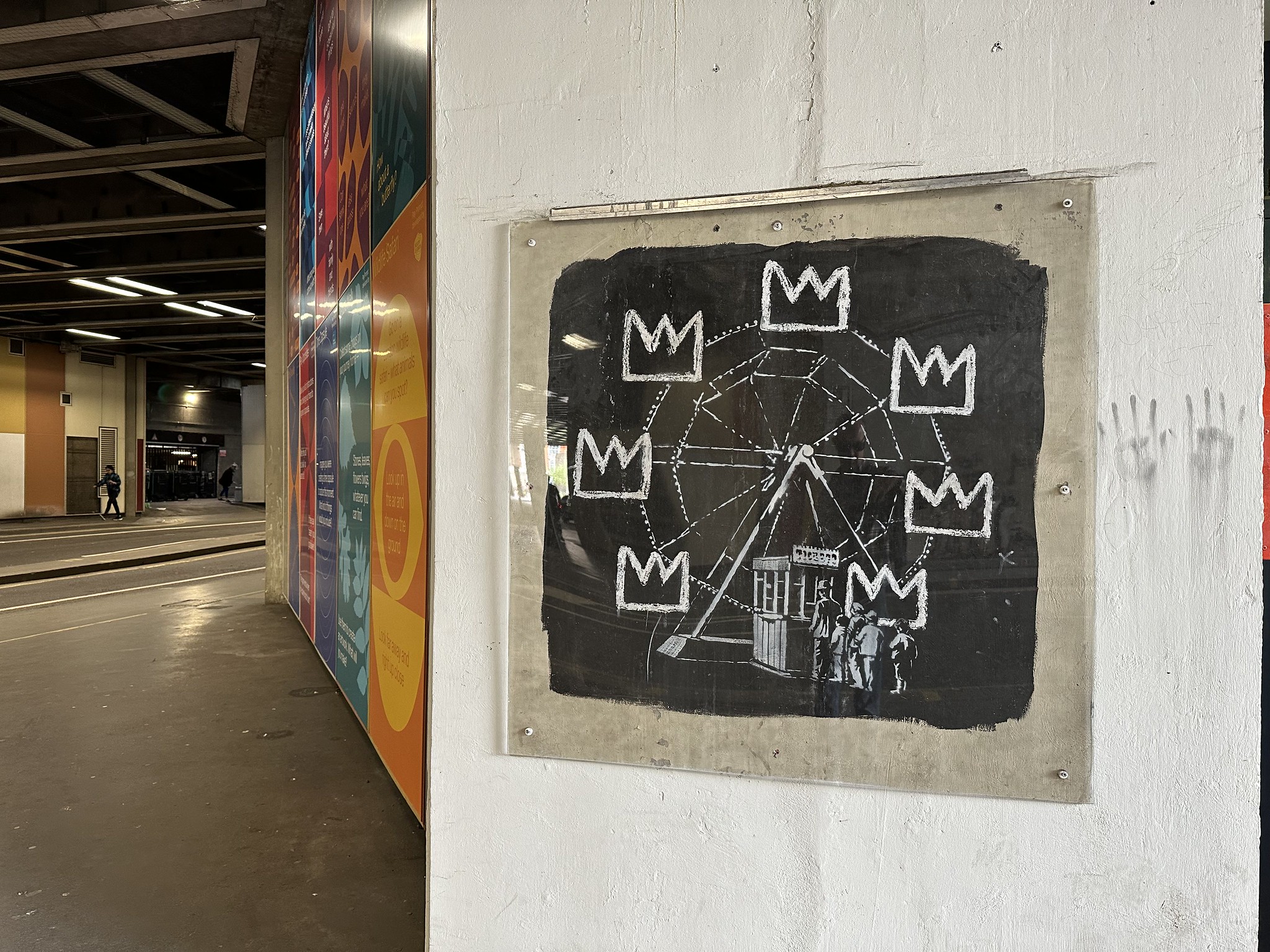
Murakami flower is a notable example of the fusion of contemporary and traditional Japanese art forms, with a recurring motif of his distinctive smiling flowers. His official website provides a thorough history of his creative process, emphasizing how he combines aspects of ancient Japanese art traditions with parts of modern pop culture. His displays, which are updated often on his website along with information about new initiatives and partnerships with businesses and other artists, demonstrate this integration. These partnerships demonstrate Murakami’s capacity to affect and be impacted by a wide range of creative and commercial fields, which keeps his work influential and current in the contemporary art world.
Murakami’s entrance into the realm of digital art is especially significant. For instance, his NFT project, “Murakami. Flowers,” is a notable example of transitioning from traditional to digital art. In examining the meaning of Murakami’s floral theme in the context of digital art, this project highlights his creative ability and adaptability. Murakami exhibits a progressive perspective by embracing NFTs, bridging the divide between traditional art forms and new digital trends. The official “Murakami. Flowers” website offers details about his creative process, news about new NFT releases, and details on partnerships with other members of the digital art scene. Murakami’s endeavor is a testament to his dedication to being at the forefront of creative innovation.
Murakami’s influence on modern art goes beyond his work with computers. Numerous websites provide in-depth biographies of Murakami along with an array of his artwork, including pieces that use his trademark floral patterns. These biographies include insightful details about his upcoming shows, available artwork, and critical evaluations of his pieces. These profiles’ interviews and articles present a comprehensive picture of Murakami’s creative achievements by highlighting his skill at fusing traditional Japanese art with modern pop culture. Notably, Murakami’s partnerships with well-known names in the music and fashion sectors serve to further solidify his standing as a major cultural icon and demonstrate his adaptability and broad impact.
There is a thorough examination of the underlying meanings and cultural influence of Murakami’s floral motif. The floral design’s history as a modern pop culture icon may be traced back to traditional Japanese art, notably Nihonga, according to several sources. But behind the surface, these happy flowers represent deeper meanings associated with past pain and repressed feelings, including the bombs of Hiroshima and Nagasaki. Murakami’s creative depth and compassion are demonstrated by his ability to infuse seemingly innocent ideas with complex implications. His partnerships with prominent people in music and design highlight the breadth of his impact and explain how his floral motif has become a key emblem in popular culture as well as art.
A thorough analysis is also conducted on the historical and modern importance of Murakami’s floral designs. A detailed analysis is conducted of how the floral motif evolved from traditional Japanese paintings to its current role as a fashion and artistic emblem. This pattern has had a big impact on popular culture and is now a common sight in both streetwear and high fashion. Murakami’s ability to stay creative and current in the modern art landscape is demonstrated by his collaborations with musicians such as Drake and fashion labels like Louis Vuitton. These partnerships serve as examples of his original and contemporary approach. Murakami makes sure that his work has a lasting influence on the art and business realms by fusing classical art with contemporary trends.
The significant impact of Jean-Michel Basquiat on contemporary art is well known. The official Basquiat website provides a comprehensive history of his creative development along with a prominent display of his trademark crown emblem. This pattern, which appears frequently in Basquiat’s artwork, stands for concepts of self-identity, power, and monarchy. The website also explores Basquiat’s rise to prominence in the dynamic New York art environment of the 1980s, emphasizing his influence on modern art that has endured. A thorough gallery of his works is shown, with special attention to those that clearly display the crown insignia. This image highlights Basquiat’s ambition to make a statement on larger social and cultural themes as well as to establish his authority in the art world.
Basquiat crown is found to be recurrent in his work and has symbolic meaning when examined closely. The crown reflects Basquiat’s reflection on social and cultural processes by symbolizing concepts of power, monarchy, and self-identity. Examples of his works that use the crown motif show how this pattern changed throughout his career, demonstrating his capacity to communicate nuanced ideas about history, culture, and race. Basquiat’s ability to combine many cultural allusions and creative traditions to create dramatic and thought-provoking works is demonstrated by his inventive use of the crown motif. His partnerships with other artists and his enduring influence on succeeding generations serve as more evidence of his influence on modern art.
The overview of Basquiat’s work offers a thorough examination of the ideas and symbols that characterize his creations, especially the crown motif. This motif is examined in the context of Basquiat’s overall creative oeuvre, which combines literary, musical, and street art components to produce compelling visual storytelling. Museums emphasize Basquiat’s avant-garde style and his capacity to subvert conventional art forms and make meaningful social criticism with his creations. His noteworthy contributions to the art world are highlighted, along with his collaborations with other artists and effect on contemporary art.
Numerous assessments go into greater detail about Basquiat’s usage of the crown motif and examine its relevance within his larger body of work. The crown is a representation of Basquiat’s observations on identity, power relationships, and his position in the art industry. Examples of his works that make use of this sign show the various ways in which he employed it to communicate intricate ideas about history, culture, and race. Contemporary artists are continually inspired and challenged by Basquiat’s inventive use of symbols, such as the crown, underscoring his enduring influence on the art world.

